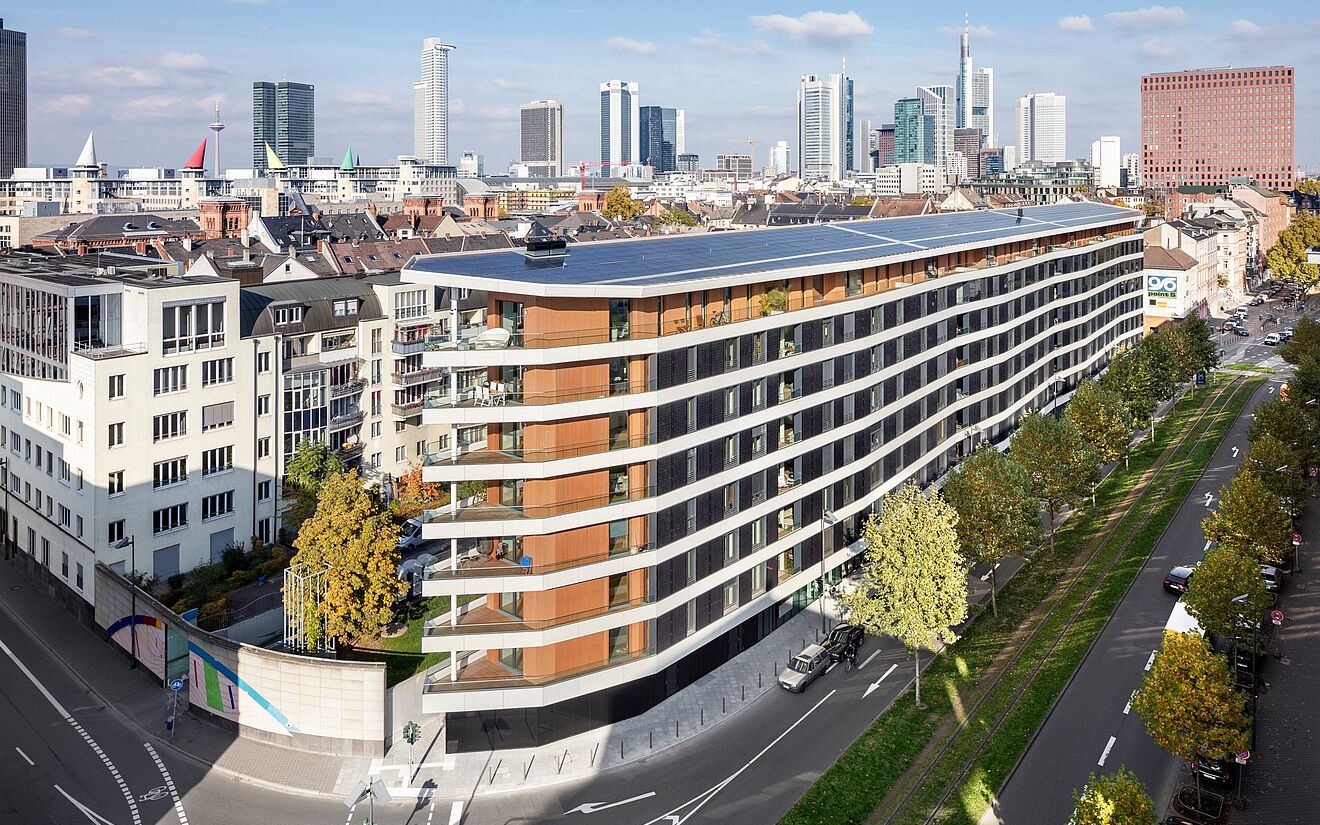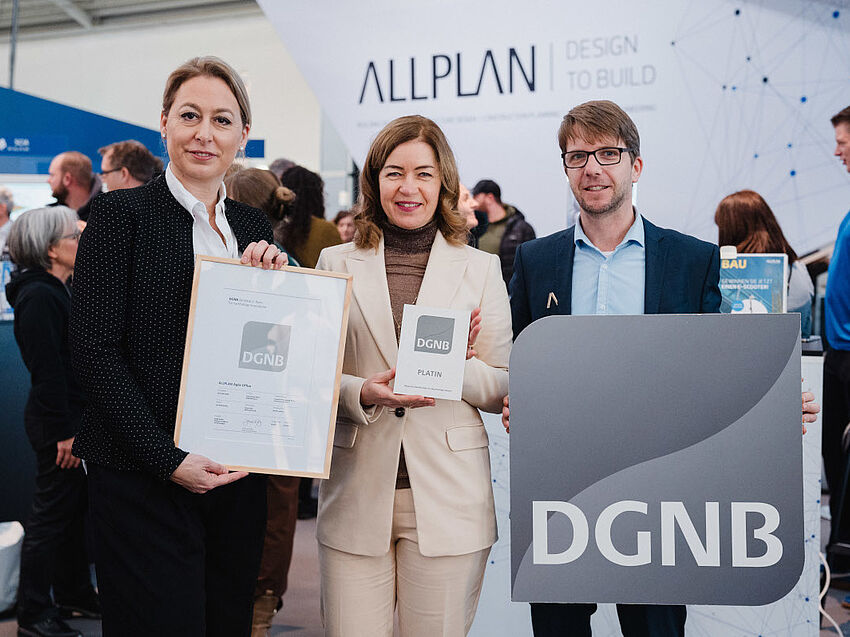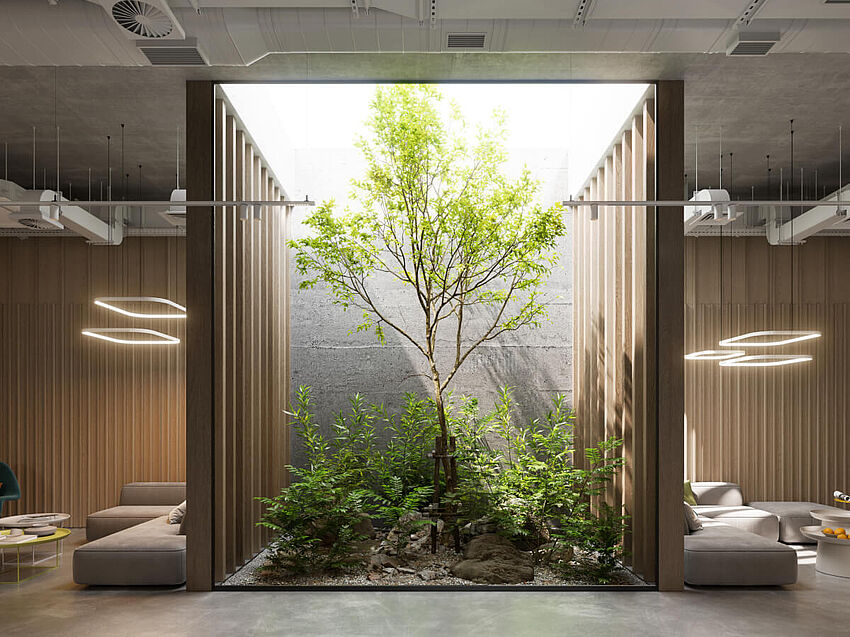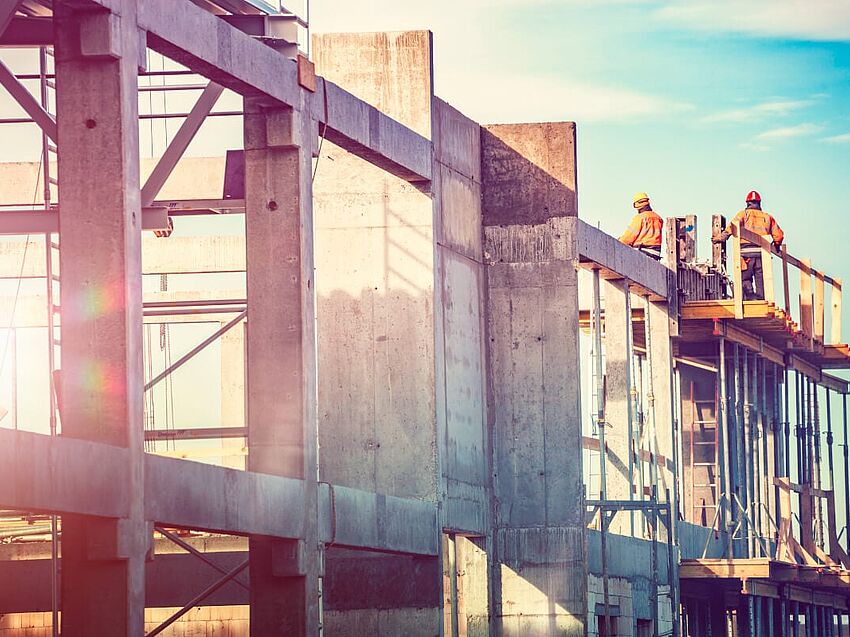Europe’s largest plus energy house was completed in Frankfurt in 2015. It extends over 150 metres and provides room for 74 housing units. The particular feature of the housing complex is that it generates more energy than the residents require. This is done using a total of 1,000 photovoltaic modules which are installed on the roof and the southern facade of the building. In this article find out what defines a plus energy house and what the benefits are.
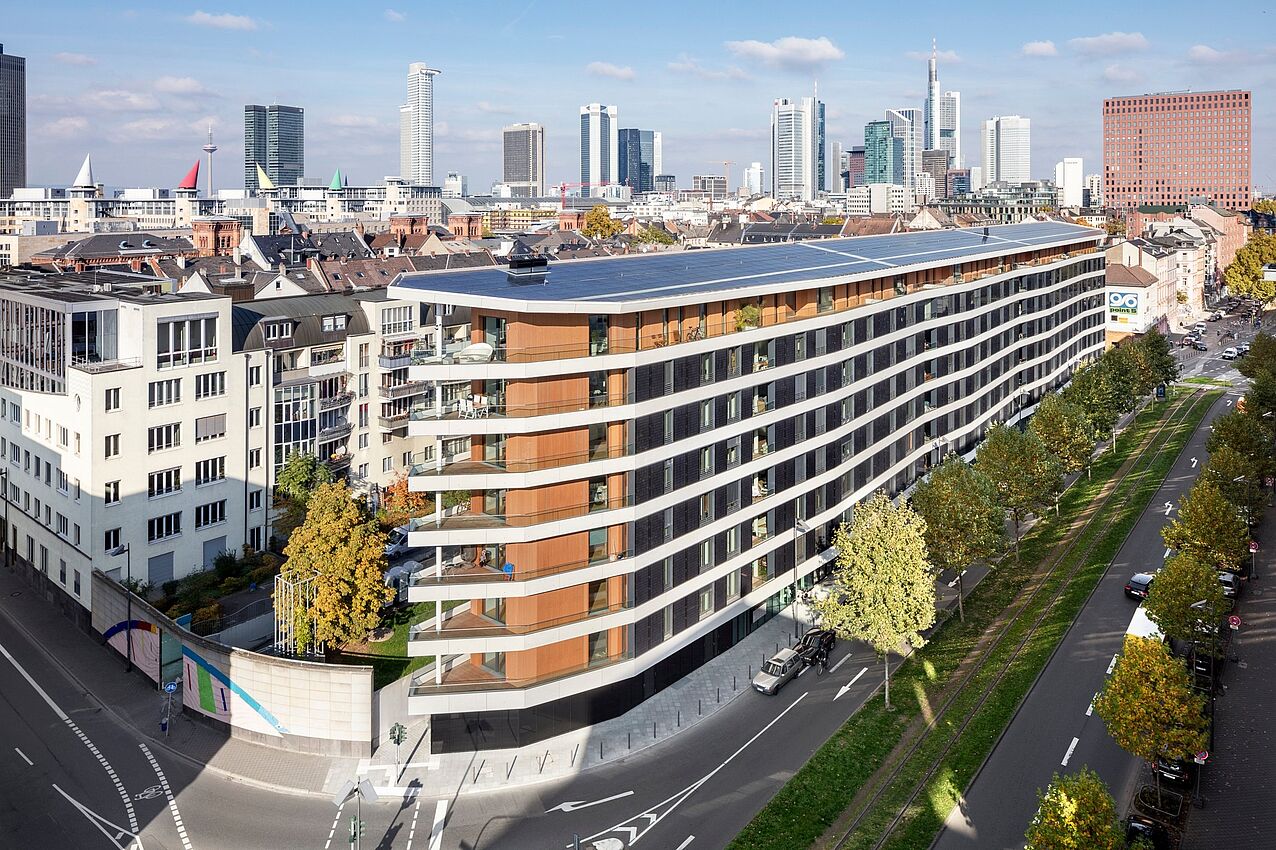
Passive house and low energy house - a distinction
Thanks to technical developments new buildings as well as existing buildings can attain the plus energy house standard. For a passive house the drastic drop in CO2 emissions is paramount. An efficient thermal insulation combined with a ventilation system are fundamental aspects. Heating costs are reduced substantially since the generated heat remains in the building. The low energy house goes one step further. Here, builders and planners have to abide by the specifications of the German Energy Saving Ordinance. They combine the thermal insulation on the facade and roof for example with triple insulated glazing, a heat pump and solar thermal energy for water heating. This reduces energy consumption further, tending towards zero.
Houses with energy plus
The plus energy house combines all said elements with a photovoltaic system for generating electricity from solar power. This means the building generates more energy than it needs for heating, water heating and power. The annual primary energy requirement is the calculation value.
The PV modules are installed on a large roof area, which enables the best use of solar radiation in terms of site and orientation. In the aforesaid active city building in Frankfurt it concerns a south-facing pent roof. The photovoltaic system generates electricity during the day. The surpluses are stored or fed directly into the grid and sold at a specified price. The Renewable Energies Act (EEG) determines the amount of the feed-in remuneration. The residents of the building can purchase the electricity they require from the grid at special rates.
A compact design and insulation without any thermal bridges ensure optimum sealing of the building in the energy-saving house. Furthermore, natural building materials are used. The heat pump uses the heat extracted from the earth, air or groundwater for heating or hot water.
Since bright rooms and daylight are very important for the welfare of residents, architects are designing plus energy houses with big windows. An infra-red-reflecting triple insulated glazing keeps the heat inside. An extended roof protects rooms from overheating in summer, and in winter the lower-lying sunbeams flow into the building, on the south side in particular.
Benefits of the plus energy house
The key plus points can be found in saving resources and protecting the climate. Carbon dioxide is produced when burning fossil fuels. Too much of this gas in the atmosphere leads to global warming which disturbs the ecosytem. Many houses, however, are run using oil and gas heating systems, 35 percent of energy consumption in Germany is attributable to construction and housing.
For decades politics and business have, therefore, been working on reducing CO2 emissions on a lasting basis and rendering renewable energy sources accessible. The plus energy house is consequently a sustainable building concept since no fossil fuels are necessary, natural and renewable raw materials are used and pollutants are avoided.
Also financially the plus energy house has benefits. The heating costs are low thanks to the excellently insulated built shell. At the same time, with the solar power the owners of the property generateadditional income. The higher investment for the PV system, the thermal insulation, special glazing and ventilation system pay for themselves within a relatively short period. In combination with energy-saving lighting and the use of A+++ devices power consumption falls and with this the running costs of the plus energy house also.
An important contribution to climate protection
Plus energy houses are today possible for many building forms and usages: be it single or multiple occupancy dwellings, residential and non-residential construction, hotels, schools or exhibition halls. They use renewable sources of energy for power generation and ensure that their energy requirement stays low thanks to the built-in insulation and technology. In future more properties of this type will be constructed because they make an active contribution to climate protection.
